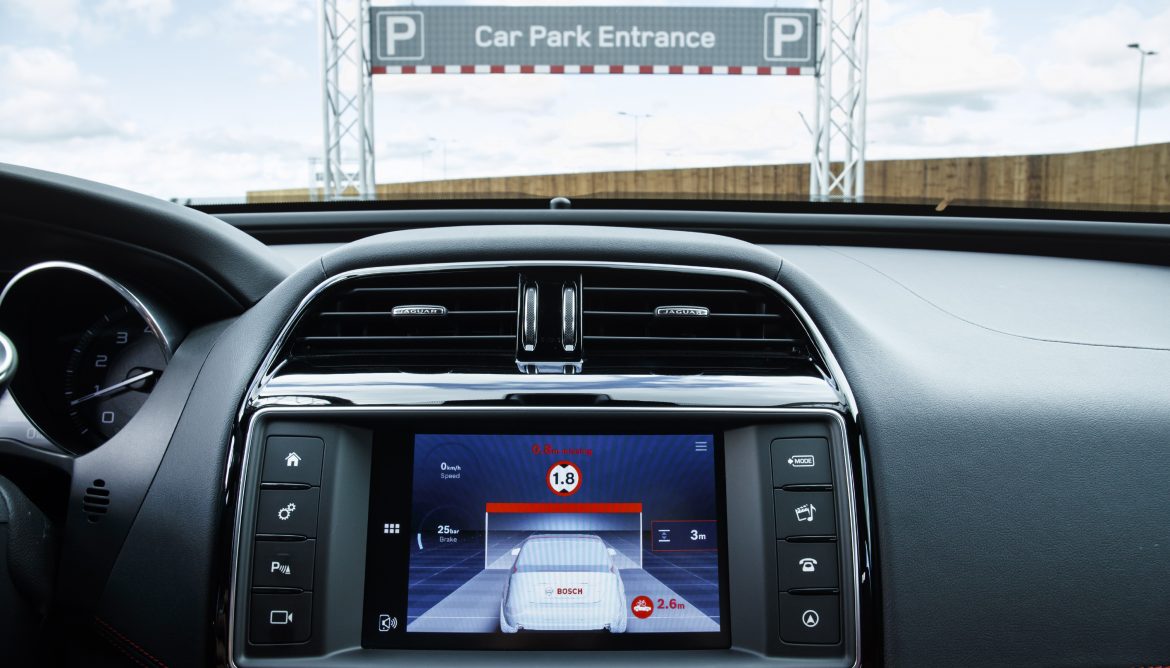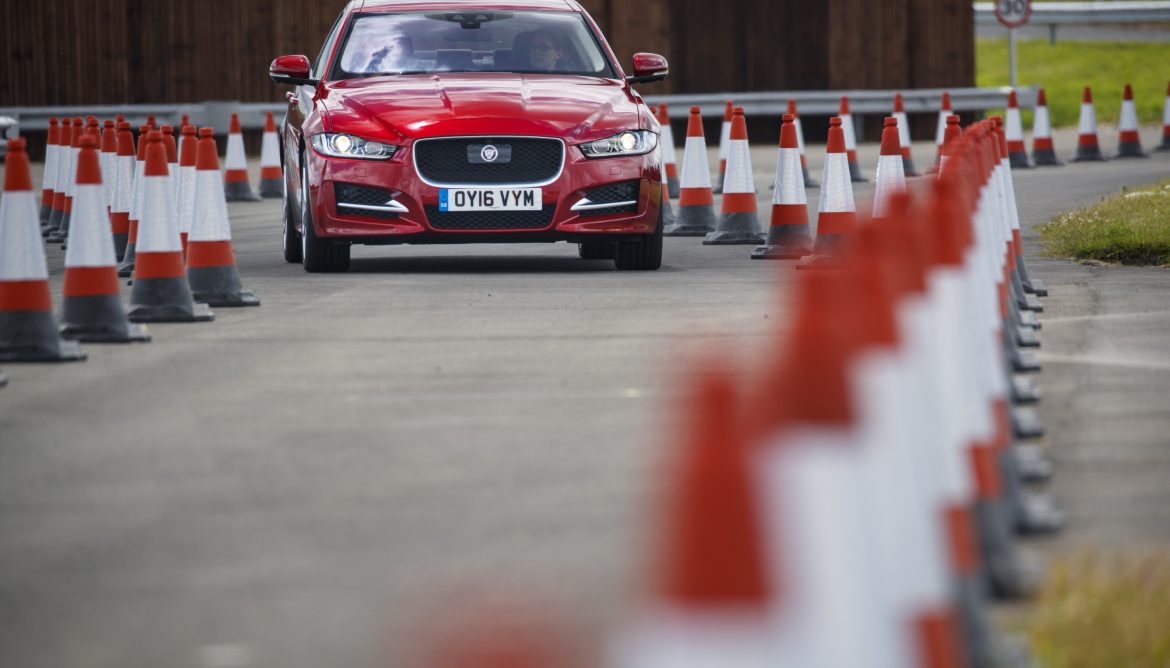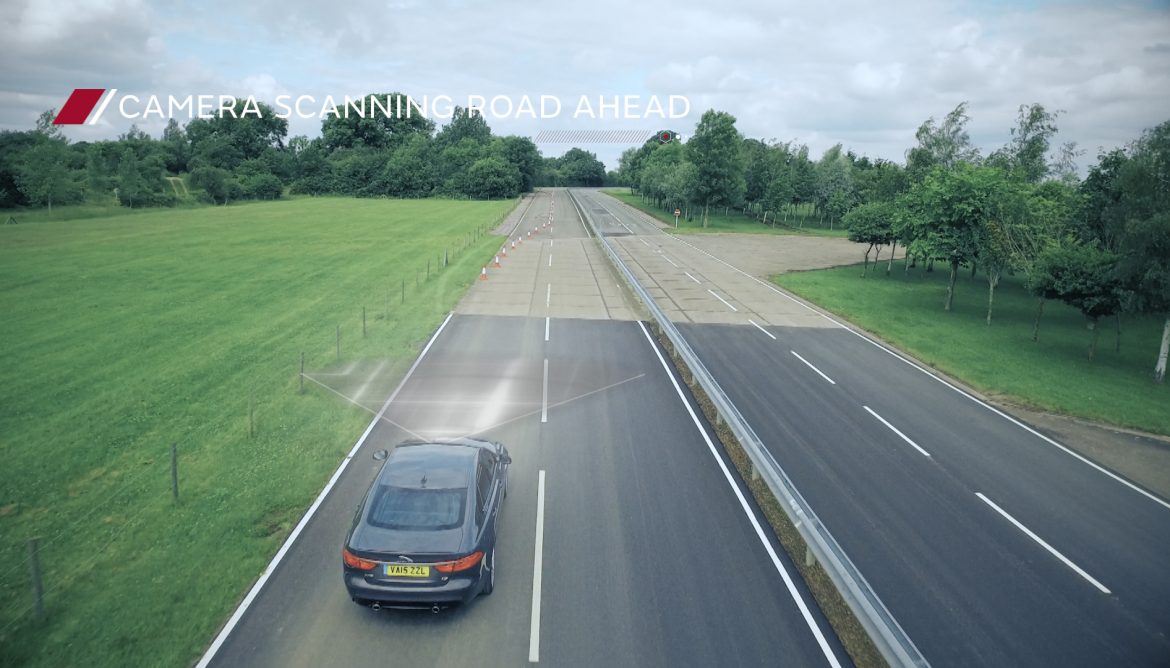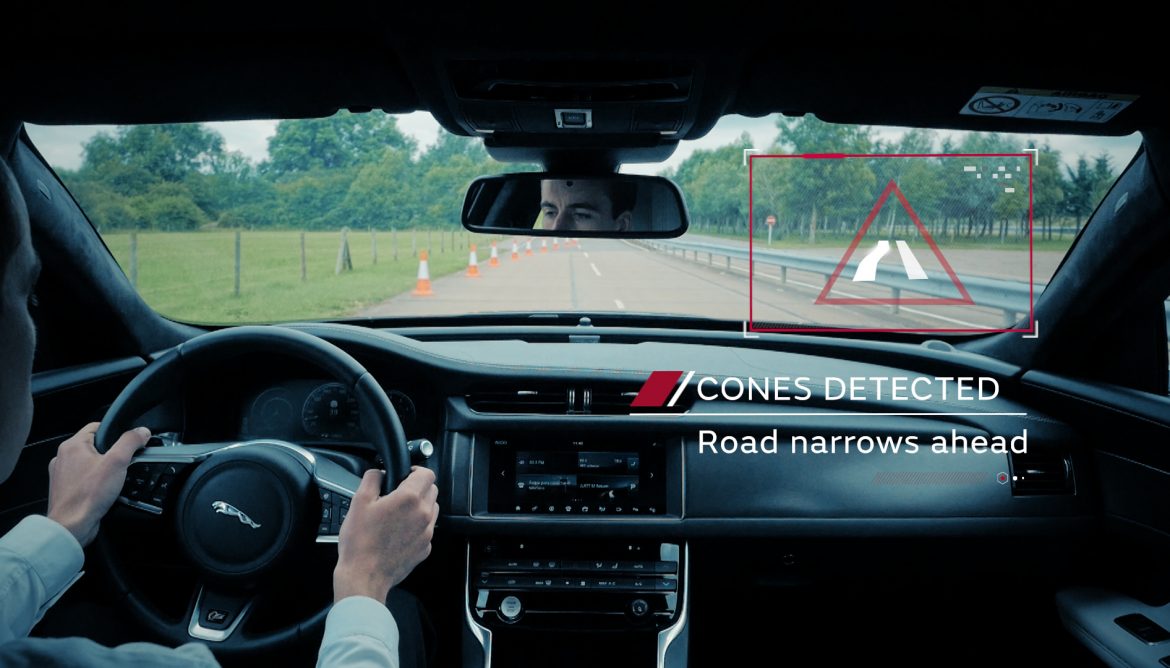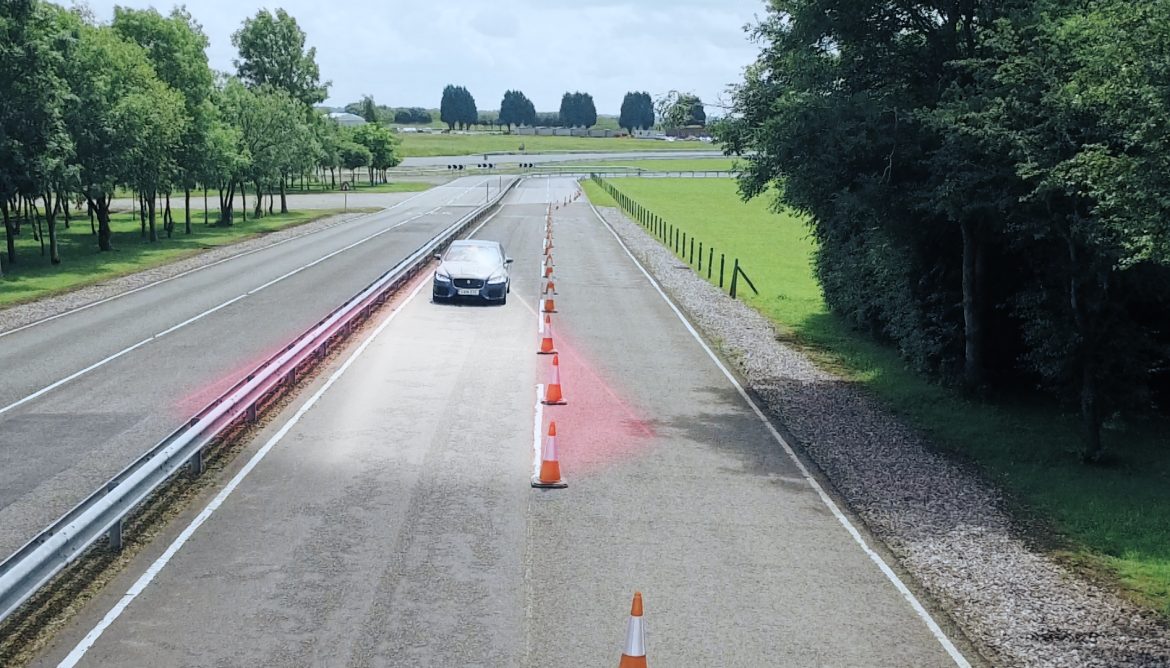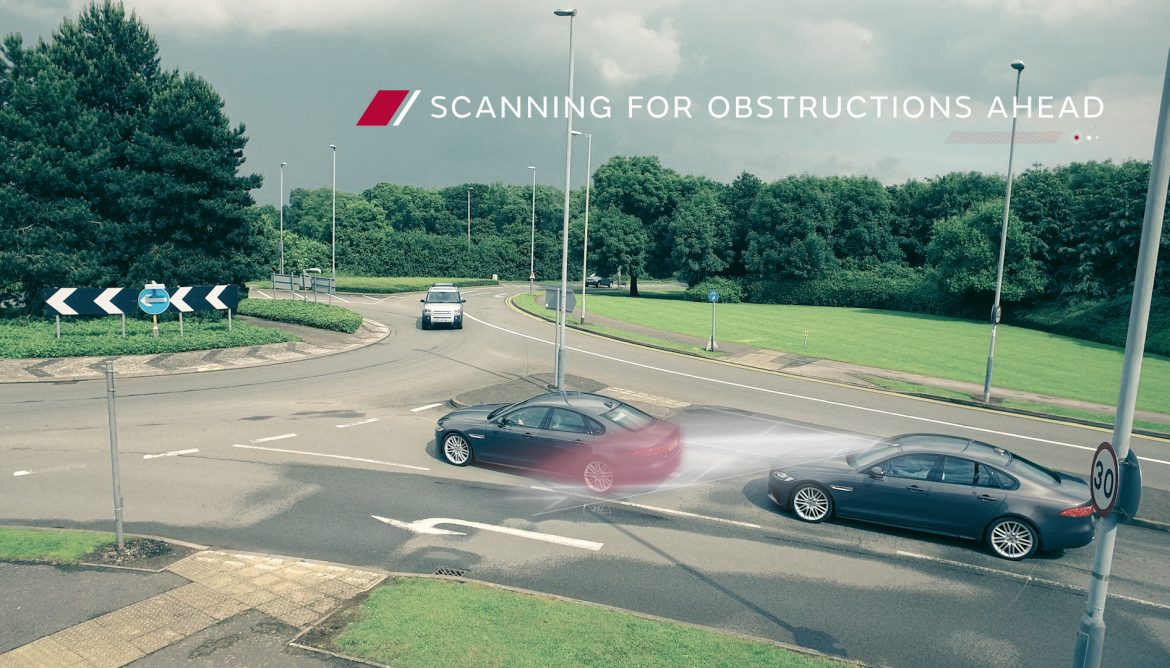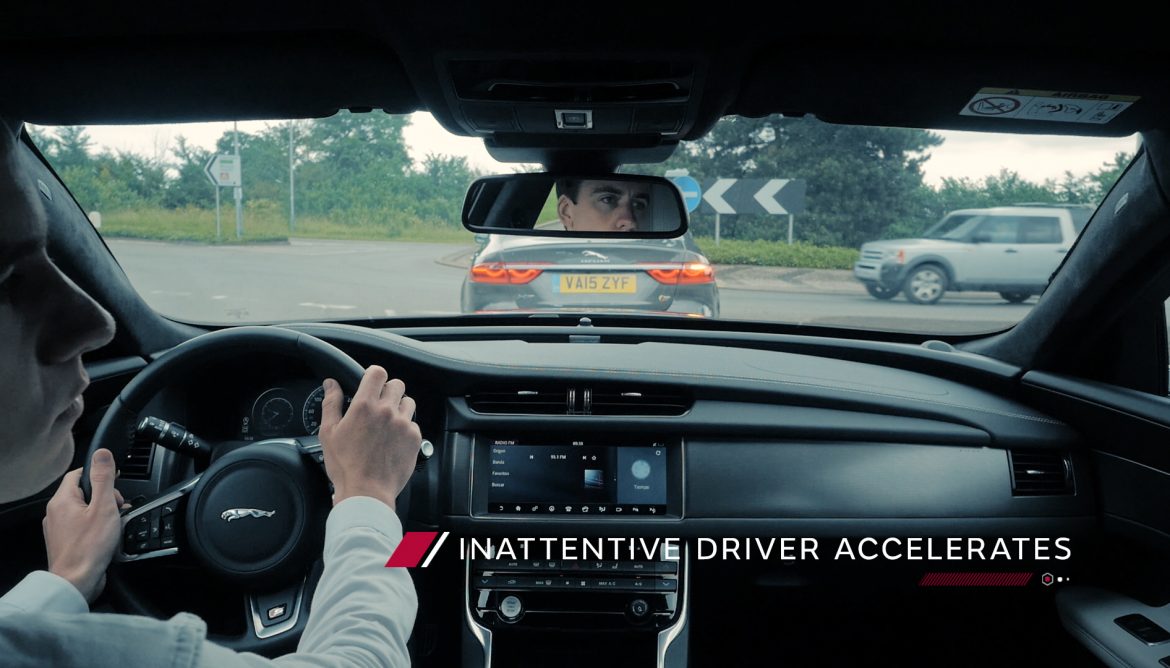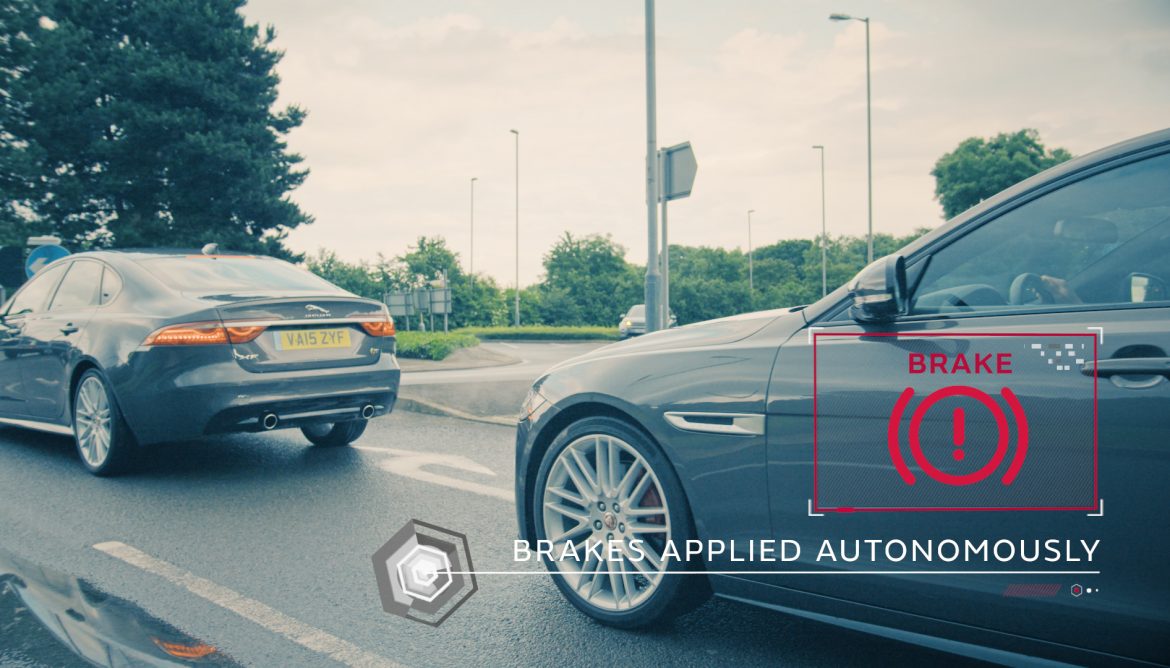Jaguar Land Rover to begin UK real-world tests of autonomous and connected car technologies
Jaguar Land Rover is to start real-world trials of a number of connected and autonomous vehicle technologies in the UK starting from this year. Under the plans, the carmaker will roll out a fleet of more than 100 research vehicles over the next four years, with the first of these research cars to be driven on a new 41-mile test route on motorways and urban roads around Coventry and Solihull later this year.
Under the plans, the carmaker will roll out a fleet of more than 100 research vehicles over the next four years, with the first of these research cars to be driven on a new 41-mile test route on motorways and urban roads around Coventry and Solihull later this year.
Initial tests will cover vehicle-to-vehicle and vehicle-to-infrastructure communications technologies that will allow cars to talk to each other and roadside signs, overhead gantries and traffic lights.
The ultimate plan is to use data sharing between vehicles to allow future connected cars to co-operate and work together to assist the driver and make lane changing and crossing junctions easier and safer.
Tony Harper, head of research, Jaguar Land Rover, said: “Our connected and automated technology could help improve traffic flow, cut congestion and reduce the potential for accidents. We will also improve the driving experience, with drivers able to choose how much support and assistance they need. In traffic, for example, the driver could choose autonomy assist during tedious or stressful parts of the journey.
“But even when an enthusiastic driver is fully focused on enjoying the thrill of the open road, the new technology we are creating will still be working in the background to help keep them safe. Because the intelligent car will always be alert and is never distracted, it could guide you through road works and prevent accidents. If you are a keen driver, imagine being able to receive a warning that there’s a hazard out of sight or around a blind bend. Whether it’s a badly parked car or an ambulance heading your way, you could slow down, pass the hazard without fuss and continue on your journey.”
New systems on trial include Roadwork Assist, which uses a forward-facing stereo camera to generate a 3D view of the road ahead and recognise cones and barriers together with advanced image processing software, and guide the vehicle to the centre of the narrow lane.
Also in development is a system called ‘Safe Pullaway’, which is designed to prevent low-speed collisions and uses the stereo camera to monitor the area immediately in front of the vehicle. In the event of a possible collision, the vehicle brakes are automatically applied and the driver receives an audible warning.
Jaguar Land Rover is also working on an ‘Over The Horizon’ system whereby vehicles communicate independently to warn both drivers and autonomous cars of hazards and obstacles over the horizon or around blind bends.
An offshoot of this, Emergency Vehicle Warning, would allow connected ambulances, police cars or fire engines to communicate with other vehicles on the road to advise drivers on safely pulling over, minimising delays for the emergency services and helping to prevent accidents.




